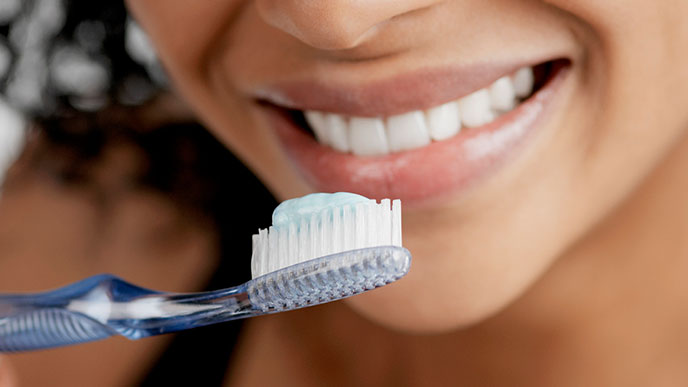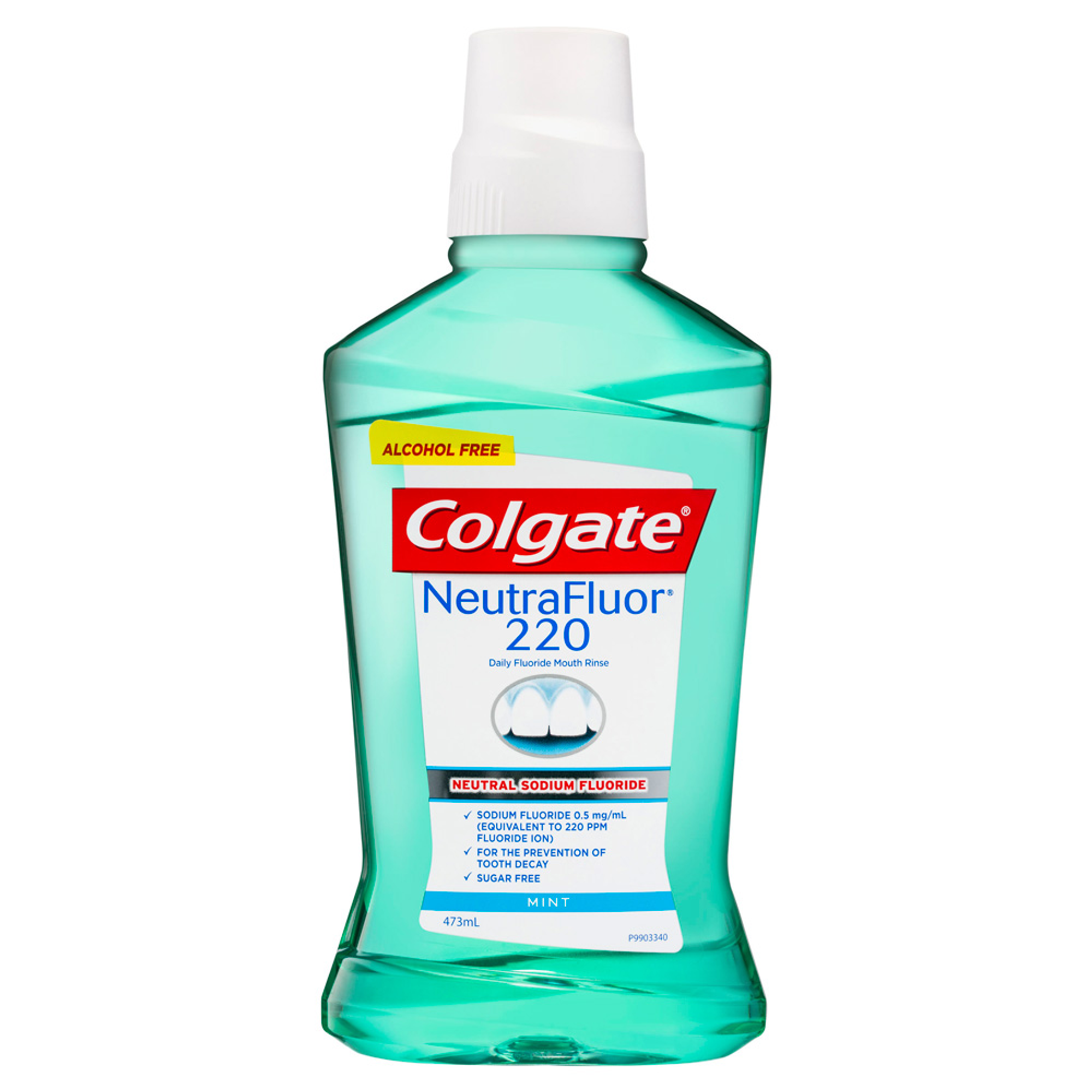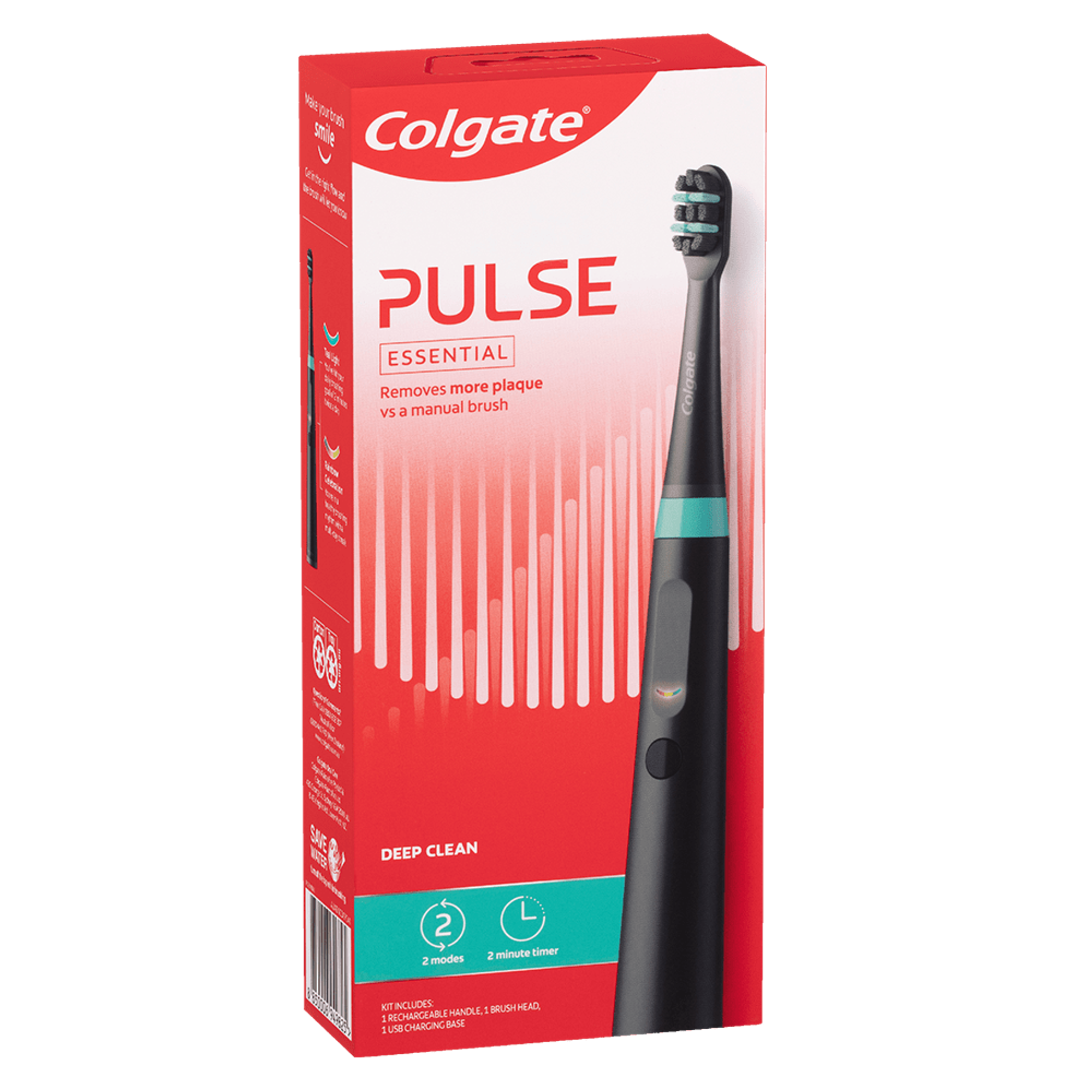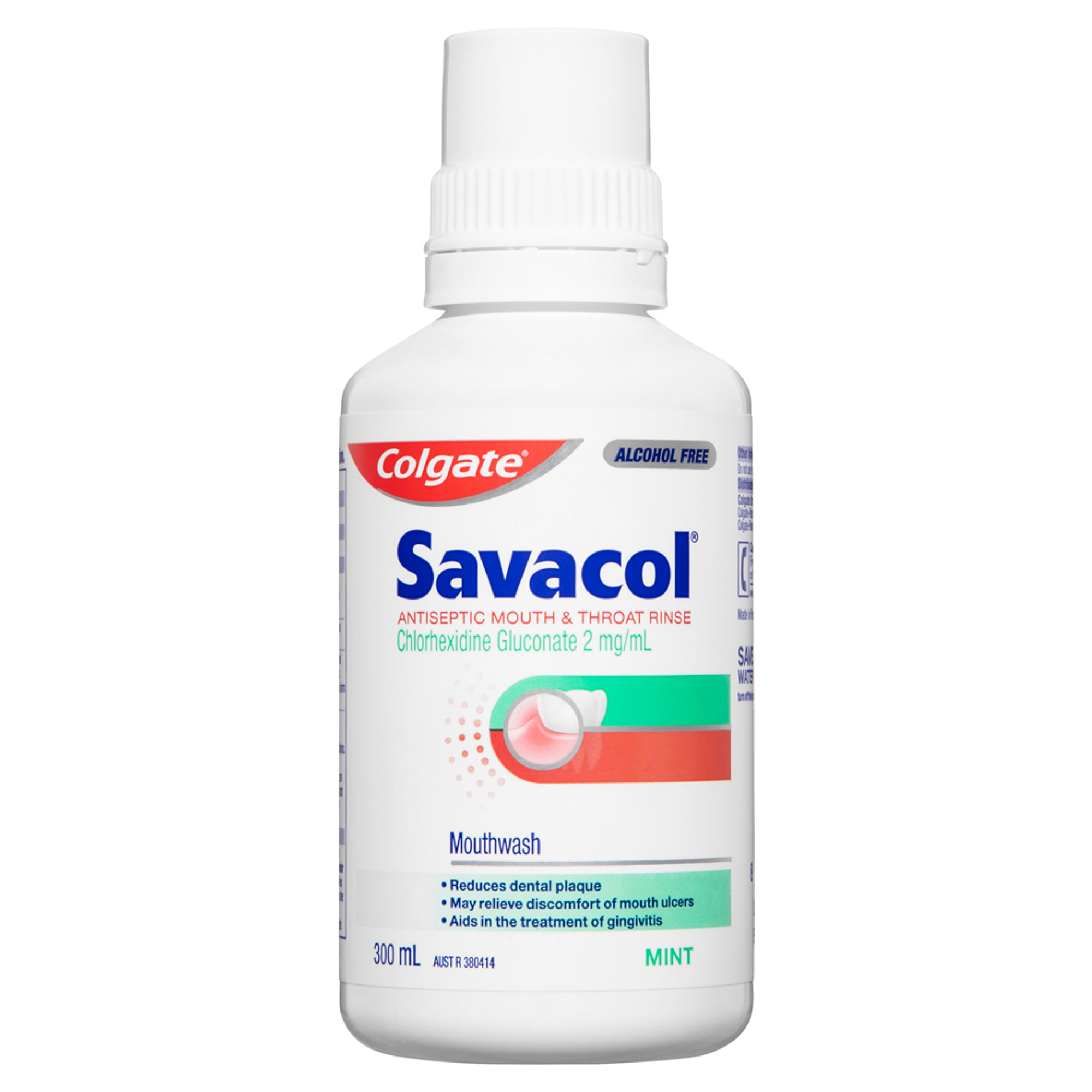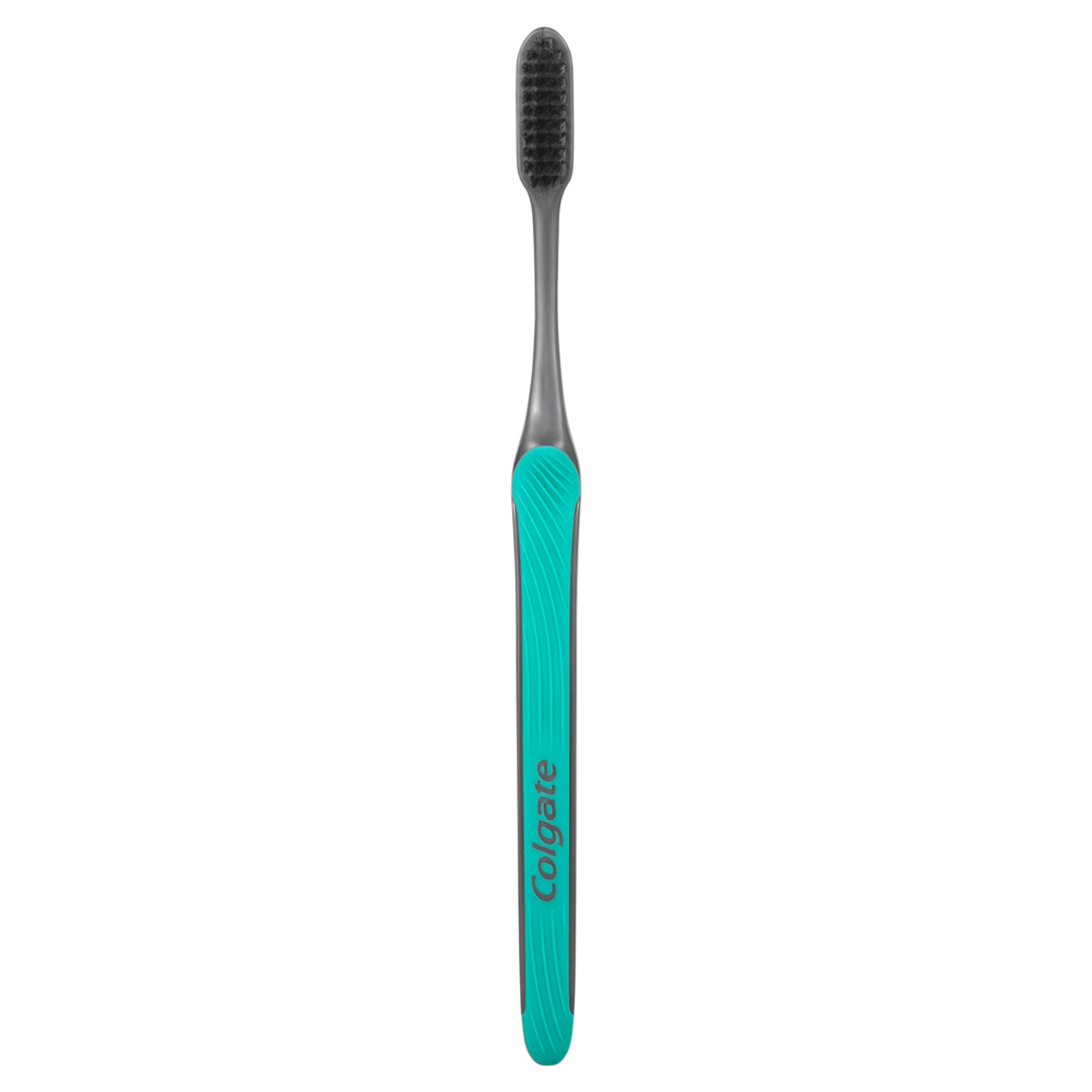-
-

BRUSHING & FLOSSING
How to BrushWhat Is the Right Way to Brush?
Proper brushing takes at least two minutes — that's right, 120 seconds!...

BRUSHING & FLOSSING
How To FlossWhat is the Right Way to Floss?
Proper flossing removes plaque and food particles in places where a toothbrush cannot easily reach... -
Science & Innovation
- Colgate® | Toothpaste, Toothbrushes & Oral Care Resources
- Oral Health
- Should You Consider a Water Flosser? | Colgate®


While brushing your teeth twice a day is a great start to preserving good oral health, there are hard-to-reach areas in the mouth that you cannot get to by merely brushing. Interdental cleaning, which helps remove food particles and plaque stuck between your teeth, is an essential part of your dental health routine. But did you know that traditional string flossing is not the only way you can clean between your teeth? Learn more about water flossing and why it might be an excellent option for you.
How water flossers work
A water flosser is a handheld device that helps remove food particles and plaque stuck between your teeth. The first thing you have to do is fill the device with water before using it. Then place it in your mouth, just above the gumline, and turn it on. The flosser will emit a steady stream of water that will gently clean those hard-to-reach places.
Reasons to consider water flossing
If you have poor technique, you may experience discomfort and bleeding while flossing. Incorrect or harsh use of dental floss can cause these symptoms. However, bleeding and gum discomfort are also symptoms of periodontal disease - a gum infection caused by plaque and tartar buildup. Unfortunately, periodontal disease can also make conventional flossing more difficult. If this sounds like you, you may want to consider a water flosser. Although water flossing can be more gentle than string flossing, if you haven’t been flossing regularly, you still may experience sensitivity when you start. You can relieve some tooth sensitivity issues by adjusting the water temperature, so it’s not too cold or hot. If you are still having problems, though, you may have a larger issue that you will need to address with your dental professional.
Traditional flossing can be difficult for some people with certain physical ailments. People with arthritis, Parkinson’s disease, carpal tunnel syndrome, or other conditions that affect the hands may find it hard to use string floss around the teeth. Fortunately, water flossing is a mechanical interdental cleaning option that is easy to use.
Lastly, water flossing is an excellent option if you are undergoing complex restorative or orthodontic treatment. For example, braces, non-removable bridges, dental implants and crowns can all create hard-to-reach places to clean that can benefit from using such a device.
How effective is water flossing?
Water flossers work through hydrokinetics, the movement of water. According to the Australian Dental Association, the steady stream of water produced by a water flosser can help remove plaque and food debris between your teeth and below your gumline. However, flossing is technique dependent and so the results can vary between traditional flossing and water flossing amongst individuals.
A good oral hygiene routine includes brushing twice a day and interdental cleaning once a day. If you have difficulty using traditional string floss, water flossing may be an option for you. With your dental professional’s help, you can determine the best way to clean between your teeth and achieve a healthy smile.
Related Articles
This article is intended to promote understanding of and knowledge about general oral health topics. It is not intended to be a substitute for professional advice, diagnosis or treatment. Always seek the advice of your dentist or other qualified healthcare provider with any questions you may have regarding a medical condition or treatment.
Related Products

Helping dental professionals
More professionals across the world trust Colgate. Find resources, products, and information to give your patients a healthier future




